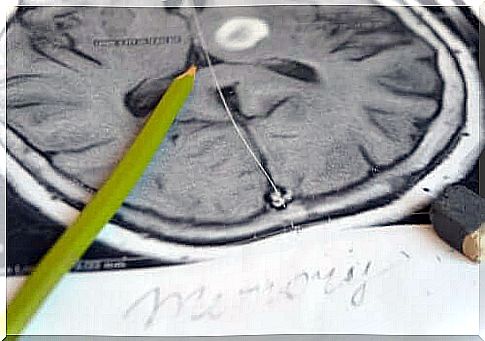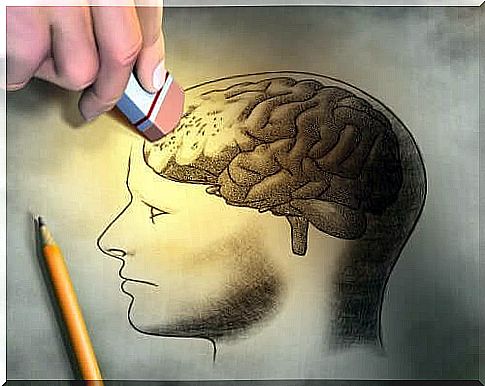Amnesia: Symptoms And Prevention

The first symptoms of amnesia are a partial or total memory loss. More technically, we can say that this is a memory dysfunction where a person is unable to preserve or remember some of their previously stored information.
In order to better understand what amnesia is, it is important to know what memory exactly is and how it works.
Essentially, memory is the ability of our central nervous system to learn, organize, and store events from our past. Thanks to memory, we are able to store data through complex mechanisms, which are developed in three stages: coding, storage and hint.
As you can see, when a person becomes amnesic, they lose their ability to develop memories and all the processes they involve.
What leads to amnesia?

The triggers of this disorder are either organic or functional.
- In organic causes, some factors cause damage to the brain, be it diseases and trauma or even the use of certain medications, such as sedatives.
- On the other hand , functional causes include psychological factors, such as defense mechanisms. This is what is known as post-traumatic amnesia syndrome.
In addition to this general classification, there are other causes such as, for example, the amnesia that occurs right after anesthesia. This is because anesthesia causes disturbances in the mechanisms of memory consolidation.
As a last resort, a case of amnesia can also occur spontaneously. An example of this is global transient amnesia. In these cases, there is a higher prevalence in middle-aged and older people, especially in men. It usually lasts less than 24 hours.
Amnesia: Symptoms and prevention
Symptoms of amnesia
The symptoms of amnesia are about the loss of access to memory. Additionally, a person with this disorder may be unable to remember all sorts of things, such as dates, names, and general data from their past.
Overall, the two primary characteristics of amnesia are:
- Problems learning new information after amnesia. This situation is known as anterograde amnesia.
- Problems remembering past events and information that used to be familiar. In this case, amnesia is retrograde.
Among the other symptoms and signs we can emphasize:
- The presence of false memories. This means that amnesic individuals can have delusions and either create completely self-invented memories or make them based on real memories that are misplaced in time.
- There is confusion and disorientation.
- There may also be a deterioration in personal relationships.
However, amnesia should not be confused with dementia as they are two different concepts and disorders. Dementia also involves other cognitive problems that amnesia does not show, in addition to memory loss.
Prevention

Any damage that affects the brain is enough for this disorder to develop, so it is important to take preventative precautions.
For example, one should avoid consuming alcohol in excessive amounts and for extended periods of time as it can cause vitamin B1 deficiency.
You must also always be sure to wear a good helmet when cycling or riding a motorcycle. Many cases of amnesia are the result of such accidents.
It is also essential to treat any infection quickly and effectively to reduce the likelihood of it spreading to the brain.
It is also very important to seek immediate medical attention if you have symptoms that suggest you are having a stroke or an aneurysm. The most alarming symptoms are severe headache, numbness and paralysis.









